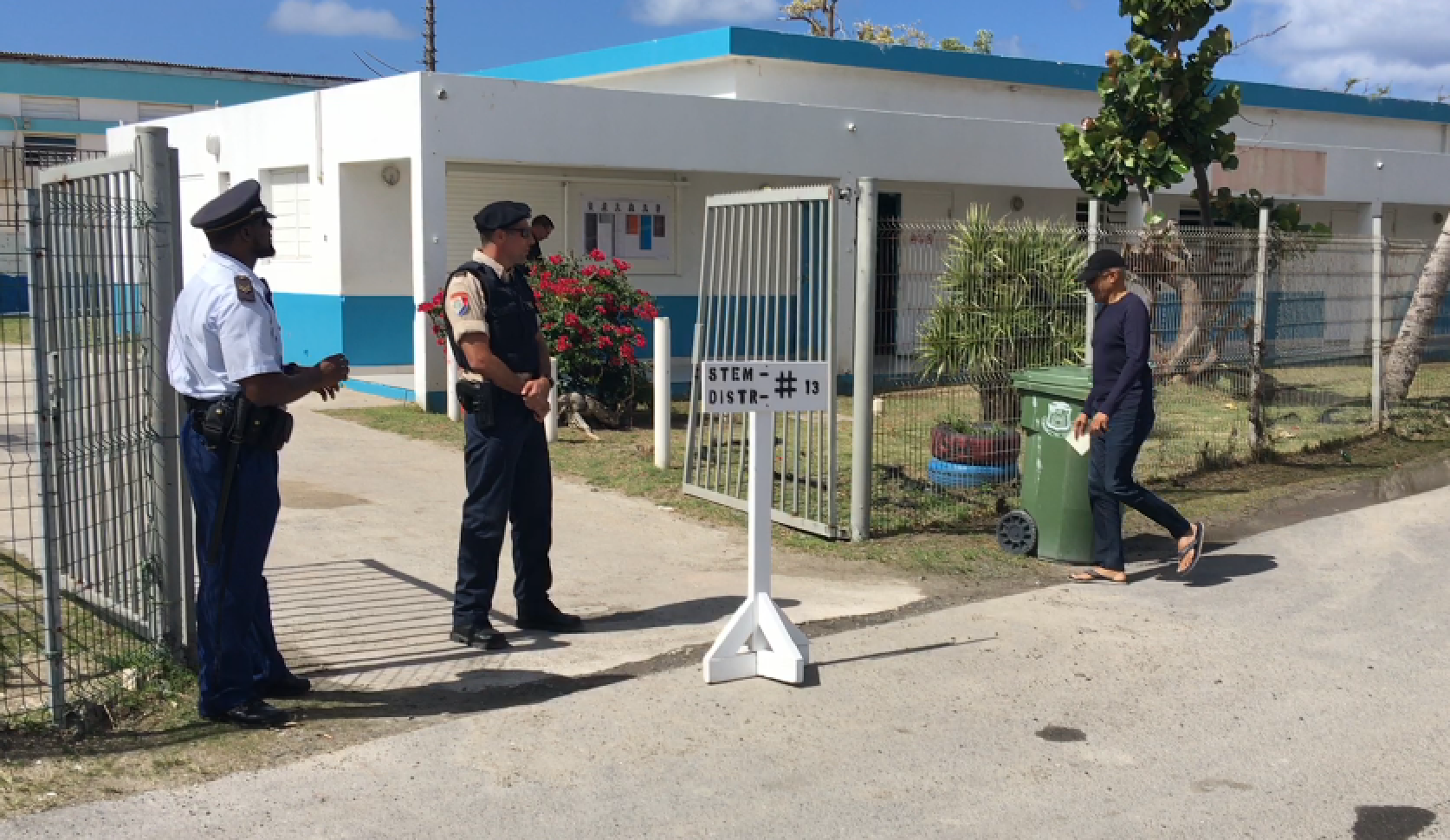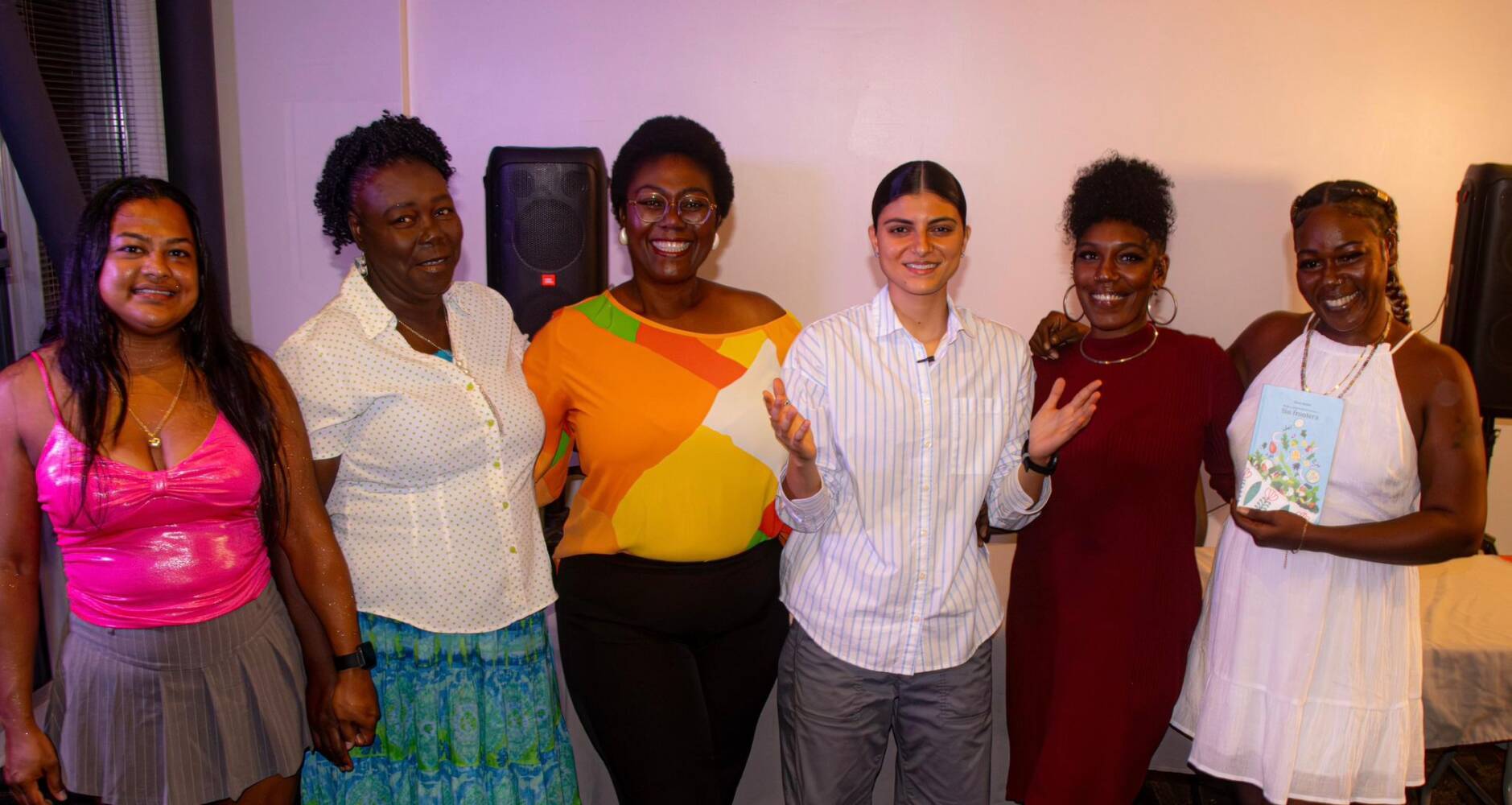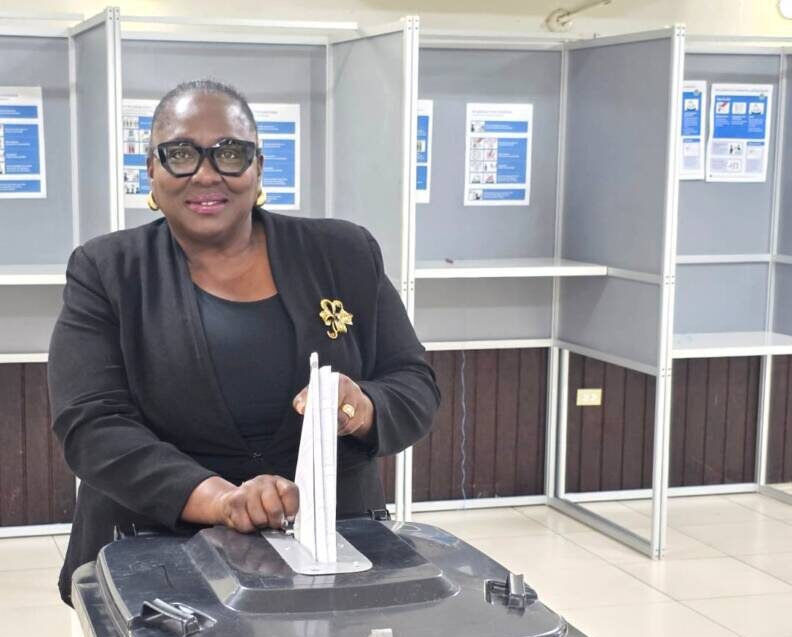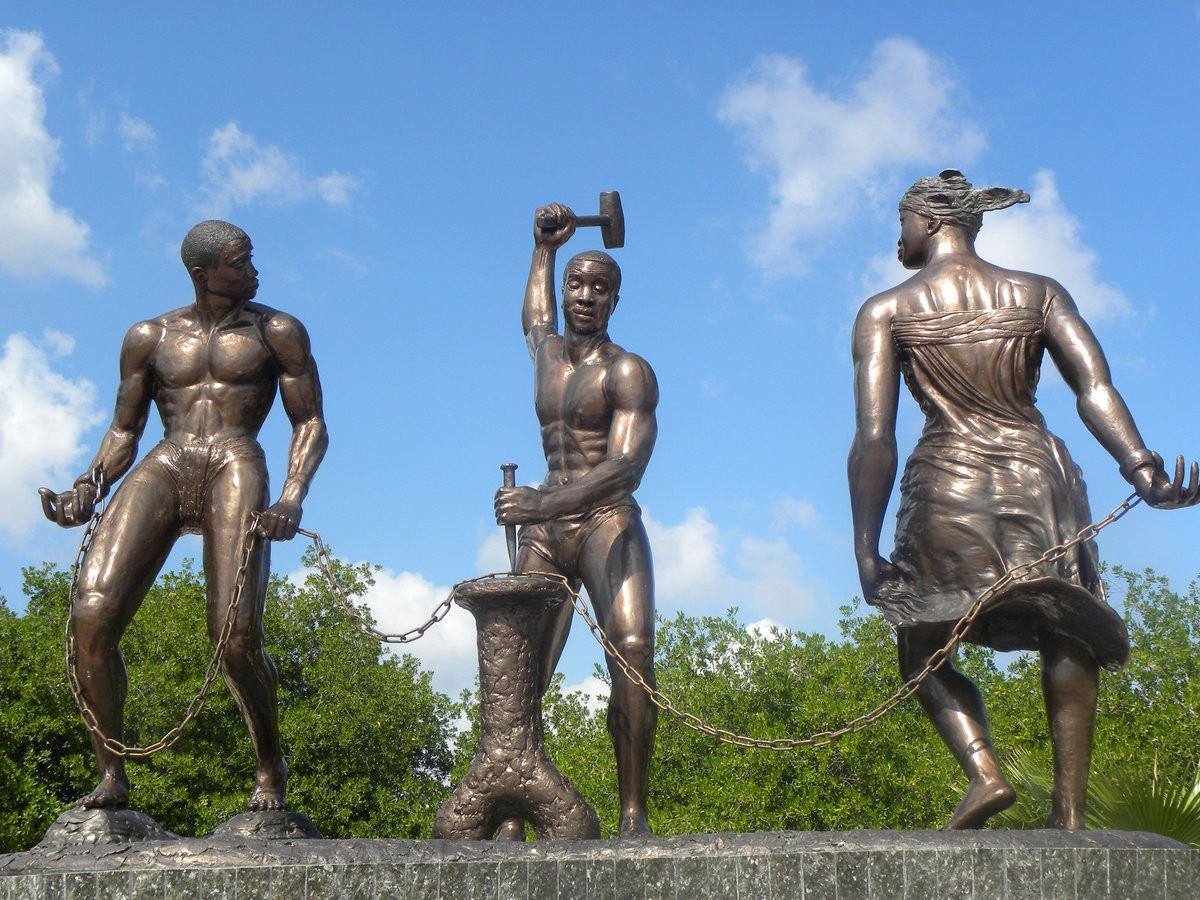PHILIPSBURG – At 8pm on February 26th, 2018, the polls closed on Sint Maarten. The snap elections were seen by many as a ‘poor decision’ made in the wake of hurricane Irma.
Initial numbers counted that 13,932 eligible voters of 22,559 cast a ballot. As expected, the number of votes casted was less than the last 20 years – at a 62% voter-turnout.
International Observers
St. Maarten’s Interim Government on February 12 filed a formal request at the Dutch Government to have election observers present. It is the first time that the Dutch Parliament has send observers to an election on Sint Maarten.
Article continues after the video
By Laura Bijnsdorp
Besides member of the Second Chamber of the Dutch Parliament Alexander Pechtold and Senator Meta Meijer, the international team of observers included representatives of the Organisation of American States (OAS), the International Foundation for Electoral Systems (IFES) and the Census Offices of Aruba and Curaçao.
Vote buying
“I think anything that helps to curtail vote-buying on Sint Maarten is a good thing”, a resident at the polling station in Simpson Bay commented.
In the past years – a number of persons have been charged and sentenced with vote-buying and related activities. US party-leader Frans Richardson, was released from pre trial detention just three days before the elections. He is suspected of accepting $370,000 in bribes, vote buying in 2016 and tax fraud.
Although many seemed to support the idea of presence of ‘observers’ at the elections, some also questioned the idea: “We don’t need Holland to tell us what we should and should not be doing during elections. We know this. We need to take responsibility and hold those in our community responsible ourselves”, explained a voter, who cast her vote at the NIPA polling station in the morning hours.
Voting Cards
One of the arguments against the snap-election cited that many persons are still displaced after hurricane Irma. Concerns were raised on how eligible voters would get their voting cards in time.
Resident who voted at poll in Cole Bay questioned: “I wonder how many registered voters are even on the island?”
The civil registry put several phases into action to make the voting cards available to the public. At the last moment, it was also decided that a system would be put in place so eligible voters without a voting-card could cast their vote with proper identification.
This ‘system’ encountered several issues on the morning of the elections as several voters who arrived without their voting card were turned away.
“I was turned away at the polls this morning and told to come back after three. This is going to discourage a lot of voters”, explained a resident, who had not been able to receive or pick up her voting card before elections.
A stable change
Voters interviewed at the various polling stations expressed their hope for two outcomes: change and stability.
“Right now we need experience – so I am actually going to vote for one of the ‘older heads’,” confessed a first time voter.
Another first time voter has cast his vote in the opposite direction: “We need change. How do you expect anything to change by voting for the same people over and over?”








